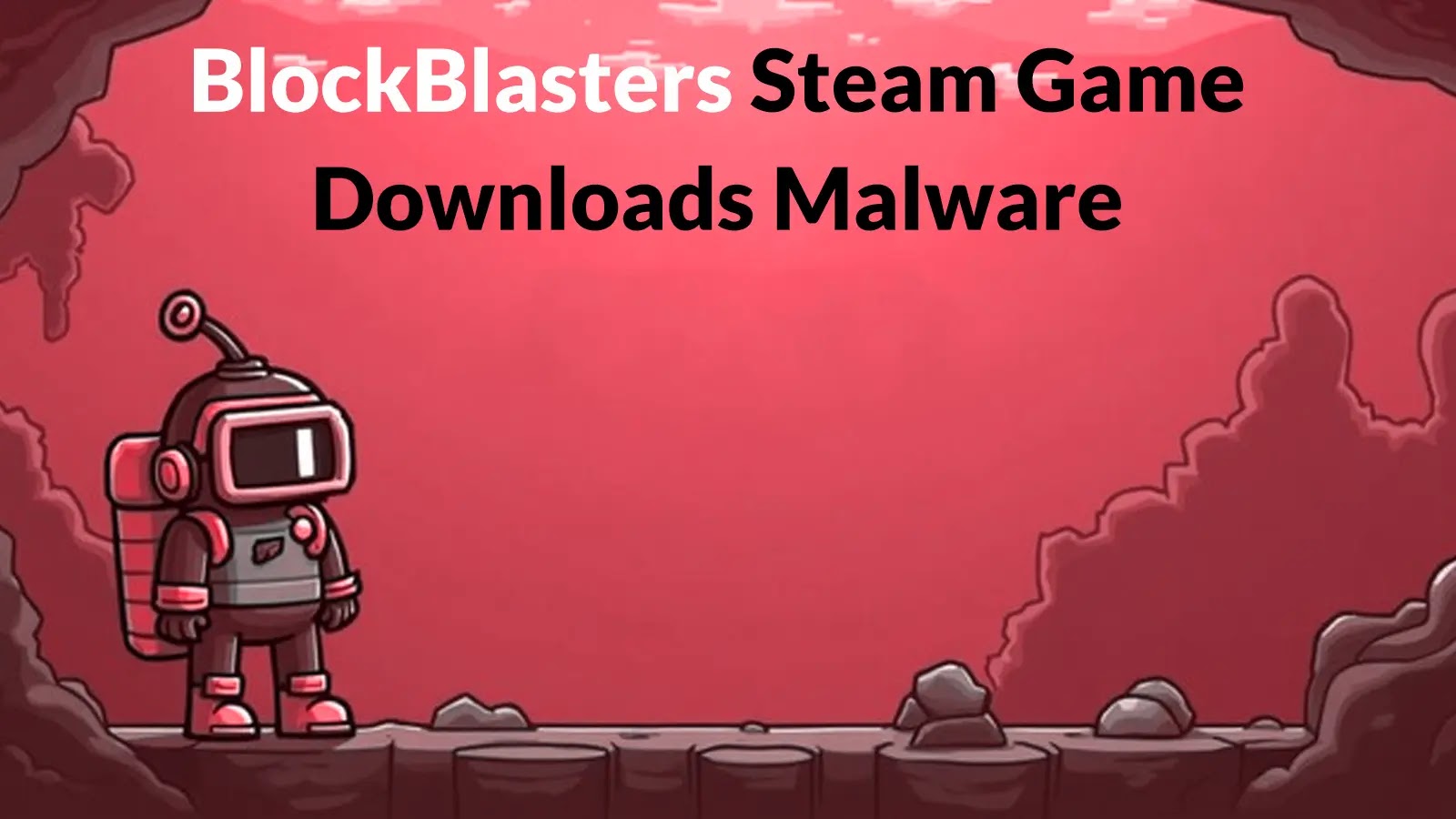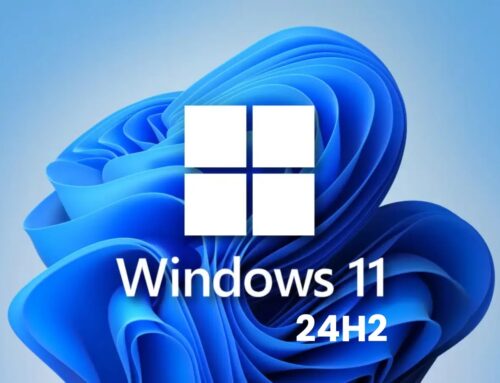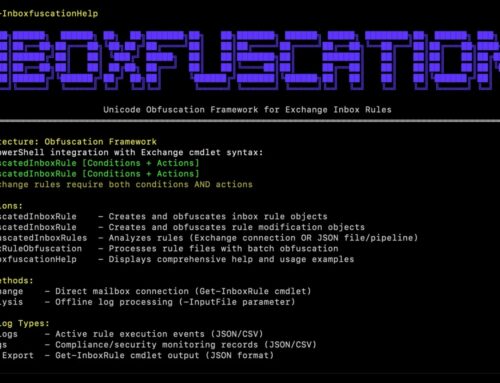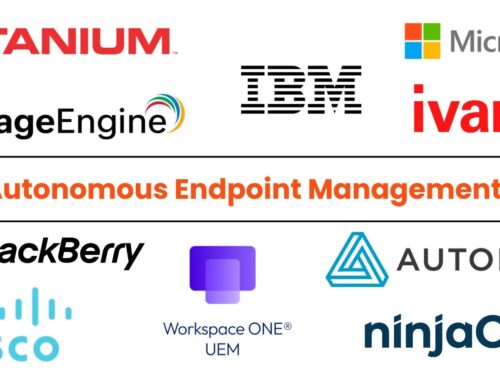
BlockBlasters Steam Game Downloads Malware to Computer Disguised as Patch
Gaming Under Attack: The BlockBlasters Malware Incident
The digital playgrounds of online gaming are increasingly becoming fertile ground for sophisticated cyberattacks. A recent incident involving the popular 2D platformer, BlockBlasters, serves as a stark reminder of this growing threat. A seemingly innocuous patch update, deployed on August 30, 2025, transformed into a potent malware campaign, compromising hundreds of Steam users and exposing their personal data to theft. This incident underscores how threat actors are adapting their tactics, exploiting trusted platforms and user expectations to distribute information-stealing malware.
Deconstructing the BlockBlasters Malware Campaign
The BlockBlasters incident highlights a worrying trend: the weaponization of legitimate update mechanisms. Cybercriminals leveraged the game’s update process to deliver malicious payloads, a tactic that bypasses many traditional security measures because users inherently trust official software updates. The malware, disguised as a patch, was designed to infiltrate user systems discreetly and exfiltrate sensitive data.
While specific CVEs related to this particular incident are still under investigation and may not be publicly assigned yet, the techniques employed often resemble those found in supply chain attacks or software update vulnerabilities. For example, similar breaches in the past have sometimes exploited vulnerabilities like those tracked by CVEs such as CVE-2022-26925 (Fake Updates malware) or general code injection vulnerabilities that could lead to the compromise of update servers.
The Threat: Information Stealing Malware
The primary objective of the BlockBlasters malicious patch was data theft. Information-stealing malware (infostealers) are designed to covertly collect a wide range of sensitive data from a compromised system. This typically includes:
- Login Credentials: Usernames and passwords for various online services, banking portals, and email accounts.
- Financial Information: Credit card numbers, bank account details, and cryptocurrency wallet keys.
- Personal Identifiable Information (PII): Names, addresses, dates of birth, and social security numbers.
- Browser Data: Browsing history, cookies, and stored form data.
- System Information: Specifications, installed software, and network configurations, which can be used for further exploitation.
The impact of such data theft can be severe, leading to identity theft, financial fraud, and unauthorized access to personal and professional accounts.
Remediation Actions and Proactive Defense
Protecting against sophisticated malware campaigns, especially those exploiting trusted channels, requires a multi-layered security approach. For users potentially affected by the BlockBlasters incident, immediate action is crucial. For broader defense, IT professionals and individual users alike should implement the following strategies:
Immediate Steps for Affected Users:
- Disconnect from the Internet: Prevent further data exfiltration.
- Change All Passwords: Especially for banking, email, and frequently used online services. Use strong, unique passwords and enable two-factor authentication (2FA) wherever possible.
- Run a Full Antivirus Scan: Use reputable antivirus/anti-malware software to detect and remove the threat.
- Monitor Financial Accounts: Watch for any suspicious transactions.
- Backup Critical Data: Ensure recent, uncompromised backups are available.
- Reinstall Operating System (If Necessary): For severe or persistent infections, a clean OS reinstall might be the most secure option.
Proactive Security Measures:
- Verify Software Sources: Always download games and software from official platforms. Exercise extreme caution with third-party sites or unofficial patches.
- Enable Two-Factor Authentication (2FA): This adds a critical layer of security to your accounts.
- Keep Software Updated: Regularly update your operating system, web browsers, and all installed applications to patch known vulnerabilities. This includes client software like Steam.
- Use Reputable Antivirus/Endpoint Detection and Response (EDR): Ensure your security software is up-to-date and actively scanning for threats.
- Practice Least Privilege: Run games and applications with the minimum necessary user permissions.
- Hone Your Threat Perception: Be skeptical of unexpected updates or unusual behavior from legitimate software.
Tools for Detection and Mitigation
Implementing the right tools can significantly enhance your ability to detect and mitigate malware threats.
| Tool Name | Purpose | Link |
|---|---|---|
| Malwarebytes | Anti-malware, real-time protection, and exploit protection. | https://www.malwarebytes.com/ |
| Avast (or other reputable AV) | Antivirus software for threat detection and removal. | https://www.avast.com/ |
| Wireshark | Network protocol analyzer for detecting suspicious network activity. | https://www.wireshark.org/ |
| Autoruns | Microsoft Sysinternals tool for inspecting startup programs and services. | https://docs.microsoft.com/en-us/sysinternals/downloads/autoruns |
| Process Explorer | Microsoft Sysinternals tool for advanced process monitoring. | https://docs.microsoft.com/en-us/sysinternals/downloads/process-explorer |
Conclusion
The BlockBlasters incident serves as a critical reminder that even trusted platforms like Steam can be unwitting conduits for malware distribution. Threat actors are endlessly innovative, consistently adapting their tactics to exploit new vectors and user behaviors. Prioritizing robust cybersecurity practices, maintaining active vigilance, and employing a layered defense strategy are no longer optional – they are essential for navigating the complex threat landscape of the digital world.





